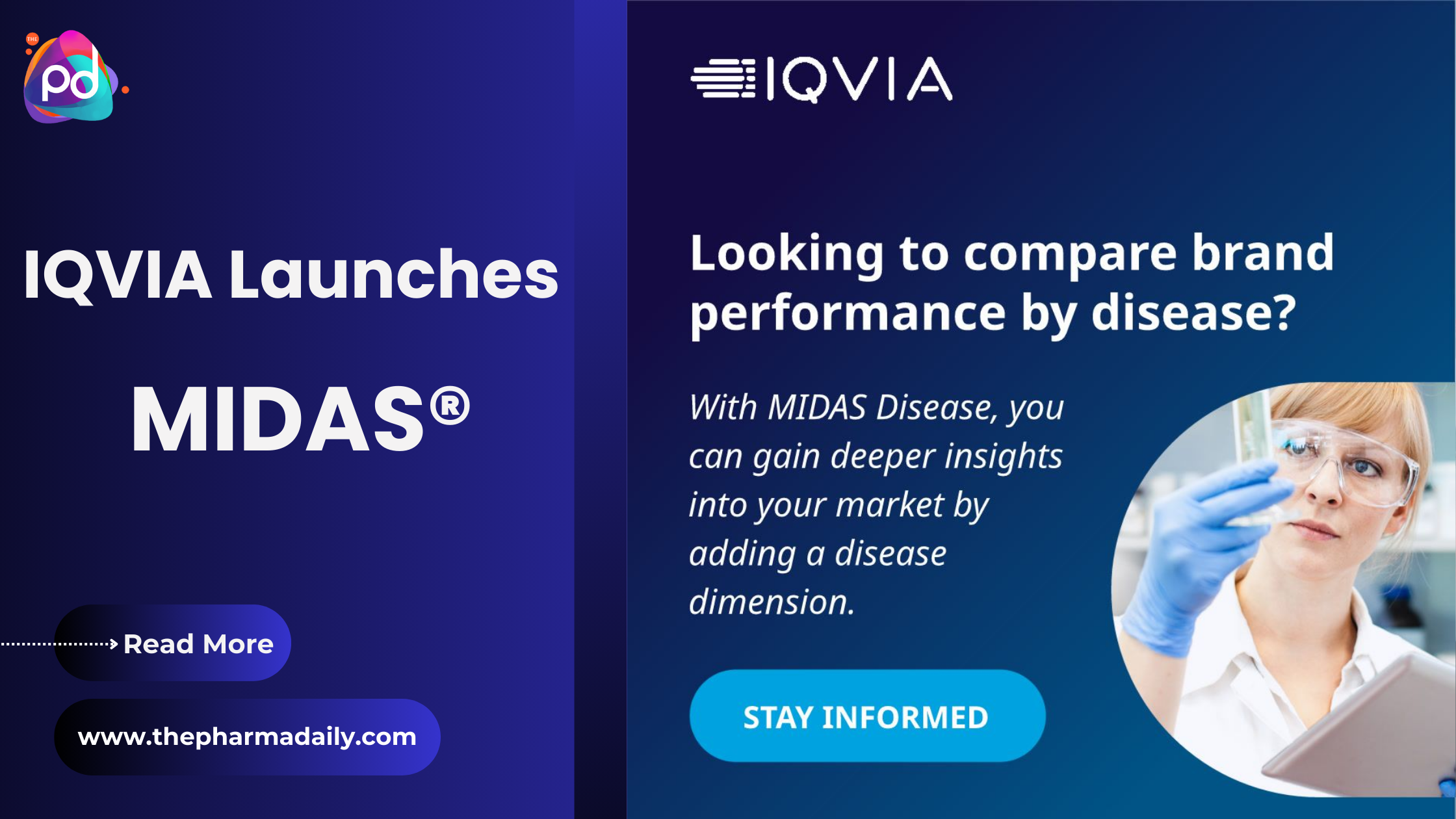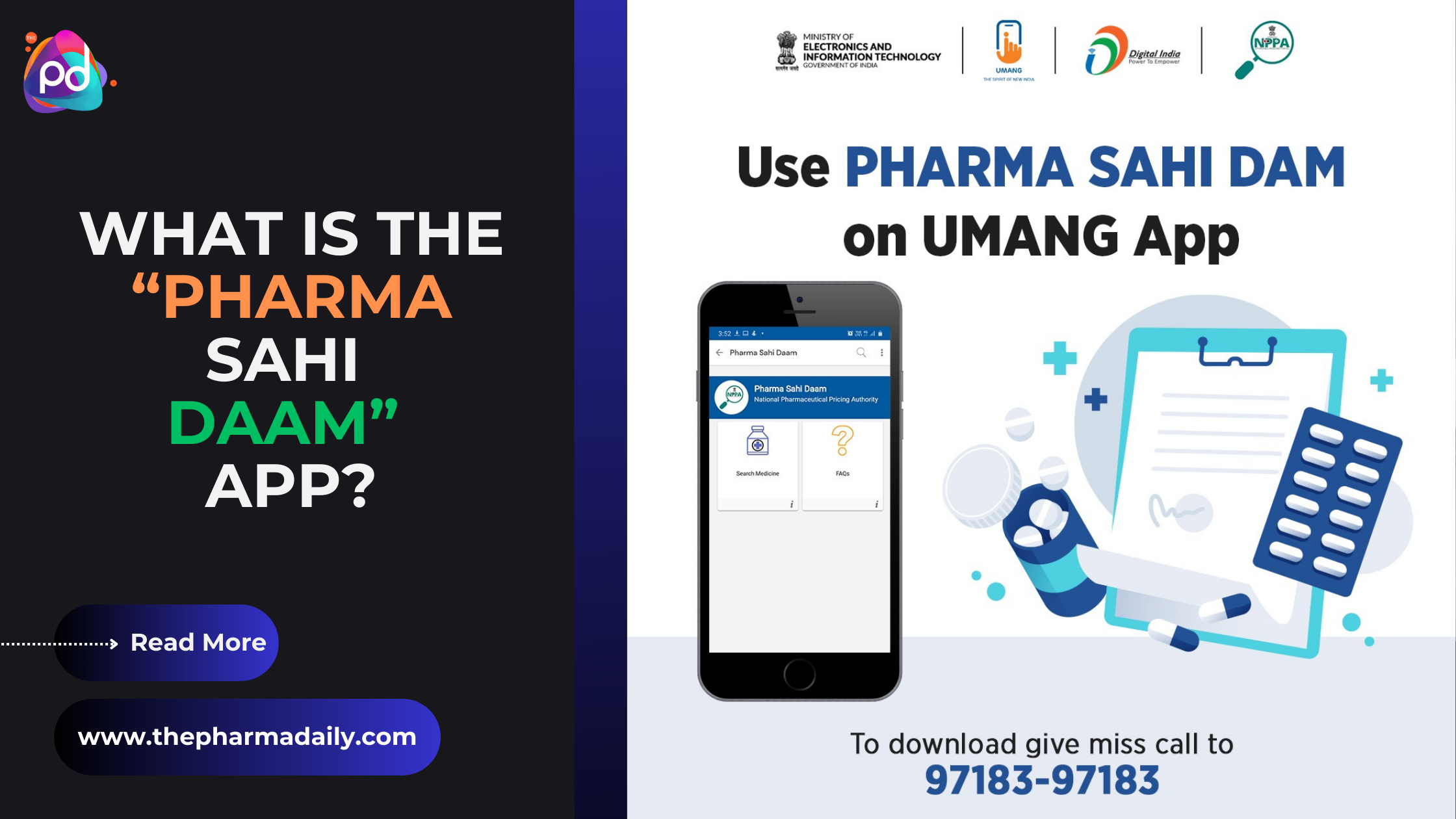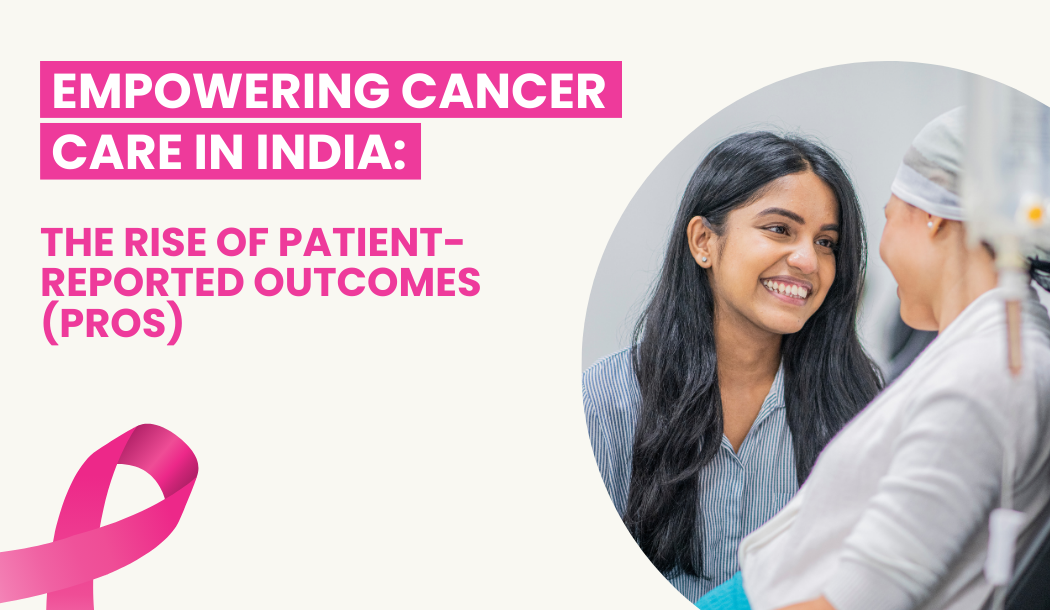Career Options in Pharmacovigilance after MBBS, MD, BDS
What is GLP? Understanding Good Laboratory Practice
Good Laboratory Practice (GLP) represents a set of principles that guides the conduct of non-clinical health and environmental safety studies. GLP aims to ensure the quality, reliability, and consistency of studies, making it easier for regulators to evaluate the safety of chemicals and pharmaceuticals. This blog delves into the concept of GLP, its significance, and its implications across various sectors.
Introduction to GLP
Good Laboratory Practice, commonly referred to as GLP, was first developed in the 1970s in response to various scientific integrity issues, notably the Industrial Bio-Test Laboratories scandal in the USA. It has since become a quality system that encompasses the organizational process and the conditions under which non-clinical health and environmental safety studies are planned, performed, monitored, recorded, archived, and reported.
Core Principles of GLP
GLP is built around several key principles designed to enhance the quality and validity of test data:
-
Organization and Personnel: Ensuring that responsibilities and roles are clearly defined and that personnel are qualified and adequately trained.
-
Facilities: Maintaining facilities that prevent contamination and ensure the welfare of laboratory animals.
-
Equipment, Materials, and Reagents: Proper calibration and maintenance of equipment and appropriate handling of materials.
-
Test and Reference Items: Clear identification, handling, and storage of all test and reference substances.
-
Standard Operating Procedures (SOPs): Utilization of written procedures that standardize methods to increase consistency and reliability of results.
-
Performance of the Study: Adherence to scientifically sound study design and approved protocols.
-
Reporting of Study Results: Complete and clear reporting that accurately reflects the data collected and the methodologies used.
-
Archiving and Record Keeping: Efficient management of records and materials to facilitate future study review and re-evaluation.
Significance of GLP
GLP plays a pivotal role in various aspects of product development and regulation:
-
Regulatory Compliance: Compliance with GLP is mandatory for submitting study data to regulatory agencies around the world, such as the FDA in the United States or the EMA in Europe.
-
Quality Assurance: GLP helps ensure that the data generated are a true reflection of the results obtained during the study and can be relied upon when making regulatory assessments.
-
Public Safety: By adhering to GLP, laboratories help ensure that products released into the market are safe for use and consumption, thereby protecting public health and the environment.
GLP in Different Sectors
While GLP is primarily associated with the pharmaceutical and chemical industries, its principles are equally applicable in other areas such as cosmetic, food additive, and pesticide regulation. In each of these fields, GLP ensures that safety data are produced consistently to a high standard.
Challenges and Solutions in Implementing GLP
Implementing GLP can pose several challenges, particularly in terms of costs, training, and infrastructure. However, the long-term benefits in terms of regulatory approval and market trust make these investments worthwhile. Solutions include ongoing training programs, regular audits, and adopting technological advancements to streamline GLP processes.
Conclusion
Good Laboratory Practice is more than just a set of guidelines—it is a commitment to quality and integrity in scientific research. By adhering to GLP, laboratories not only comply with legal requirements but also contribute to the safer and more effective development of pharmaceuticals, chemicals, and other products that impact daily life. As such, understanding and implementing GLP is essential for any laboratory conducting non-clinical studies.
This blog provides a thorough overview of GLP, emphasizing its importance and impact across various industries. For organizations involved in non-clinical testing, adopting GLP is not just a regulatory requirement, but a pivotal factor in maintaining public trust and ensuring the safety of products before they reach the consumer market.
Checkout our Latest Podcast Details:
🎓 Dive into the world of pharmaceutical compliance with our latest video: "What is the meaning of GxP? | Podcast on GxP & Quality with Mr. Harsh Thakkar, CEO of Qualtivate |". 🚀 Join us as we explore critical quality assurance standards with an industry expert!
🔬 "What is the meaning of GxP? | Podcast on GxP & Quality with Mr. Harsh Thakkar, CEO of Qualtivate |" uncovers the essentials of Good Laboratory Practice (GLP), Good Clinical Practice (GCP), and Good Manufacturing Practice (GMP). This podcast is perfect for pharmacy students, professionals, and anyone interested in pharmaceutical quality control. 🌟
👥 Featuring Mr. Harsh Thakkar, a leading voice in pharmaceutical quality and compliance, this video is a must-watch! Whether you're gearing up for placements or just curious about the industry's best practices, "What is the meaning of GxP? | Podcast on GxP & Quality with Mr. Harsh Thakkar, CEO of Qualtivate |" offers invaluable insights.
📈 Don't forget to LIKE, SUBSCRIBE, and SHARE "What is the meaning of GxP? | Podcast on GxP & Quality with Mr. Harsh Thakkar, CEO of Qualtivate |" to keep up with all things pharmacy and quality assurance! 🔗
Podcast Link:
https://www.youtube.com/watch?v=rLQkD79Wx3I&t=41s













